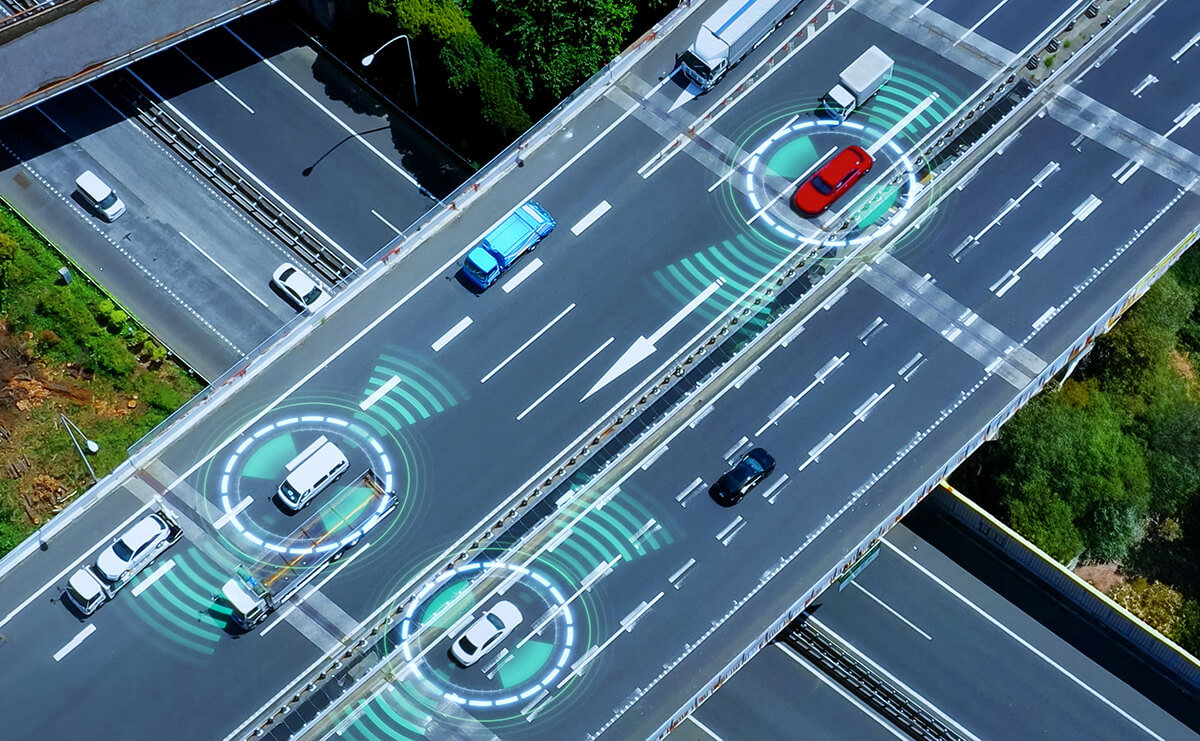When it comes to vehicle technology and design, optical components, which range from cutting-edge LiDAR systems to bright headlights, subtly alter the driving experience while pushing the envelope and directing innovation. The importance of optical components becomes more apparent as we drive through the roads of the future; they usher in a new era of automotive excellence by precisely and clearly guiding our course.
Here, we explore these optical components and see exactly how they keep pushing boundaries in the automotive industry.
Headlights and Lighting Systems
Headlights are crucial to the practicality and safety of car design since they provide visibility for drivers and illuminate the road, particularly in low light. The optical parts of these fixtures function together harmoniously: reflectors strategically amplify and divert the output light, while lenses shape and direct light for maximum visibility. Headlight bulbs, the main component of headlights, provide the light that is required for driving in low light conditions.
They come in a variety of types, from conventional halogen to more sophisticated LED and HID versions. These elements work together to create the foundation of automobile lighting, greatly improving visibility and safety. Headlights make ensuring that everyone on the road has a safe and secure driving experience by brightening routes and making vehicles more noticeable.
Advanced Driver Assistance Systems (ADAS)
Advanced Driver Assistance Systems (ADAS) Using an advanced array of optical components, ADAS represent a major improvement in car safety, enhancing driver awareness and proactively mitigating road hazards. These systems combine LiDAR, cameras, and sensors in a seamless manner to deliver real-time data and equip cars with preventive safety features.
Optical components provide the sensory backbone of the ADAS system, supporting vital functions including automated emergency braking, adaptive cruise control, and lane departure warning. By utilising these technologies, ADAS promotes a safer driving environment for all users of the road by not only warning drivers of possible hazards but also acting autonomously to stop collisions.
Safety Systems and Sensors
In order to improve overall driver safety, optical sensors play a major role in modern car safety systems’ ability to identify and react to possible threats. These sensors are essential to rear-view cameras, blind-spot detection, and collision avoidance systems. They give drivers vital information and help to prevent accidents.
Optical sensors constantly monitor the environment around the car, picking up on objects and other cars in the same lane so that drivers can be warned and can use the brakes on their own if needed. Clear views of the area behind the car are provided by rear-view cameras with optical sensors, which make parking and safe reversing easier. Vehicles can proactively detect and react to possible hazards by utilising optical technology in safety systems and sensors, which eventually improves road safety for everyone.
Navigation and GPS Systems
Modern cars with navigation and GPS systems use a combination of optical components and GPS receivers to provide location-based services and accurate positioning. Optical sensors and parts improve positioning accuracy by refining data, especially in urban settings where GPS signals can be blocked. When paired with GPS receivers, these sensors record information about the environment around the car in real time, making location-based services and precise navigation possible.
Vehicles can improve the entire driving experience by providing drivers with accurate location and dependable direction by utilising optical technology. These sophisticated navigation systems enable drivers to confidently traverse their routes—even in difficult circumstances—ensuring a safer and more seamless travel experience from beginning to end.
Optical Coatings and Materials
In automotive applications, optical coatings are essential because they improve visibility and optical performance on a variety of components. In particular, anti-reflective coatings on cameras, mirrors, and windscreens help to cut down on glare and enhance driver visibility.
With these coatings, light transmission is increased and reflections are reduced, resulting in improved visibility under all driving circumstances. Anti-reflective coatings improve driver comfort and safety by lessening glare from headlights and other sources, especially at night. The overall optical performance of automobile components is improved by the application of optical coatings, which ultimately improves the driving experience for consumers.
Future Trends in Automotive Optics
Future developments in automotive optics promise to completely transform driving as automotive technology progresses. Advanced LiDAR technology, gesture recognition systems, and augmented reality heads-up displays are just a few of the cutting-edge innovations that have the potential to completely change how drivers interact with their cars.
Heads-up displays (HUDs) that broadcast real-time information onto the windscreen to drivers improve situational awareness without diverting their attention from the road ahead. By facilitating natural engagement with vehicle controls, gesture recognition technologies lower driver distraction and increase safety.
Advanced LiDAR technologies are also expected to improve autonomous driving capabilities by giving cars the ability to detect objects and map detailed 3D environments. These developments mark the direction that automotive optics will take, opening the door to safer and more intuitive driving experiences.
Are you in need of quality optical components for the automotive industry?
If you’d like to find out more contact our team today or call us on 01223 420329 or email our sales team at info@uqgoptics.com.




